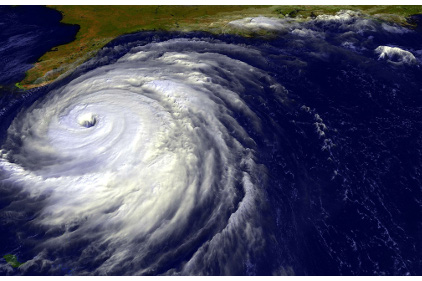2014 Atlantic Hurricane Season Projected to be Slow
The NOAA credits the oncoming El Nino to stifle many would-be storms and projects a 50% chance we’ll see a below-normal season and a 40% chance we’ll see a near-normal season
 The 2014 Atlantic hurricane season, which begins on June 1 and runs for six months, is expected to be either near-normal or below-normal, according to a forecast released May 22 by the National Oceanic and Atmospheric Administration (NOAA).
The 2014 Atlantic hurricane season, which begins on June 1 and runs for six months, is expected to be either near-normal or below-normal, according to a forecast released May 22 by the National Oceanic and Atmospheric Administration (NOAA).
The NOAA credits the oncoming El Nino to stifle many would-be storms and projects a 50% chance we’ll see a below-normal season and a 40% chance we’ll see a near-normal season. The administration gives an above-normal season a 10% chance of occurring.
Here’s a look at more details of the hurricane forecast, which includes the region consisting of the Atlantic Ocean, Gulf of Mexico and Caribbean Sea:
- There is expected to be between 8-13 named storms.
- Anywhere from 3 to 6 of the aforementioned named storms are predicted to become hurricanes.
- It’s predicted that 1-2 major hurricanes will form.
Based on storms from 1981 to 2010, the average Atlantic hurricane season consists of 12 named storms, 6 hurricanes and three major hurricanes. However, it’s important to note that this forecast is nothing more than just that – a forecast. You might recall that last year at this time, the NOAA was predicting an “extremely active” 2013 Atlantic hurricane season, with up to 20 named storms, 11 hurricanes and 6 major hurricanes. They were far from correct in predicting that, as no hurricanes stronger than a Category 2 even developed a year ago, making it one of the quietest hurricane seasons in decades.
So while large loss catastrophe work may appear bleak this summer based on the NOAA’s report, it goes without saying that it’s always best to stay prepared. That’s why we put together the April issue of R&R, which had a big focus on prepping for disaster. In case you missed it, you can check it out here.